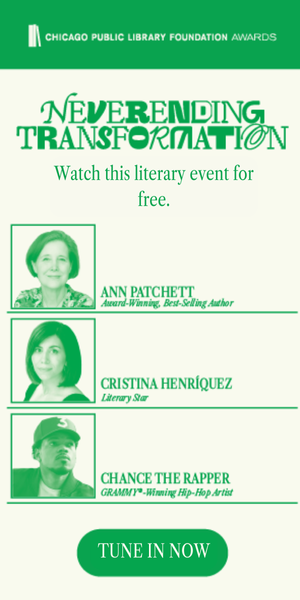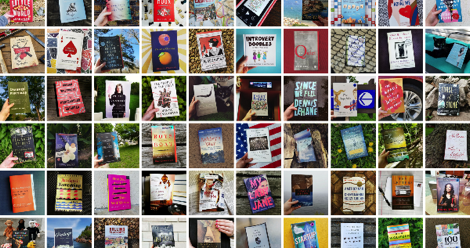
7 Things I Learned After Posting 100 Bookstagram Reviews in 100 Days
Between April 4 and July 12, I posted 100 book reviews on Instagram as part of The 100 Day Project, a free, global art initiative where people around the world commit to doing something creative every day for 100 days. Participants pick a project, choose a hashtag, and commit to sharing their progress every day through the course of the project.
I don’t have an artistic bone in my body, but I love books and I love photography, and I was in a position where I wanted a creative challenge… with that, 100 Days of Books by Kim (#100daysofbooksbykim) was born for Bookstagram.
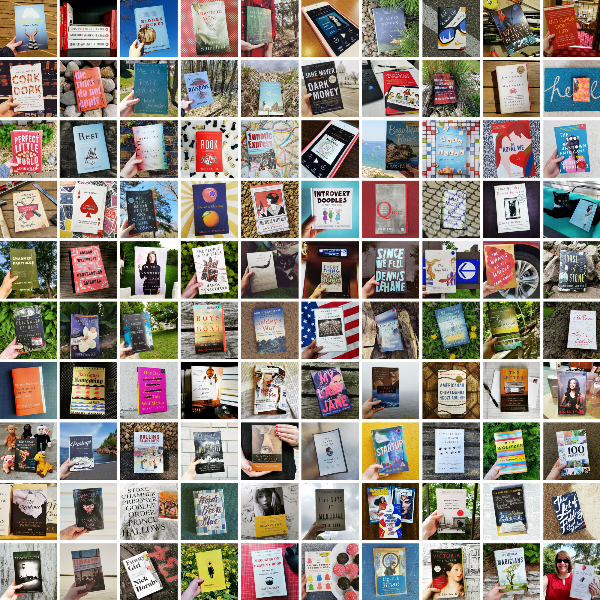
Taking 100 photos and writing 100 reviews is not easy, but I also think it’s a project that anyone with a passion for books and photography could take on themselves. Here are seven lessons I learned while completing my 100 Day Project:
1. Set some guidelines for your project
Before you embark on an ambitious bookstagram project, it’s important to set a framework for what you want to do. If the project is too general, it’s going to feel overwhelming. If it’s too narrow, you’re going to run out of ideas.
The initial framework of my project was pretty broad: post a book photo and short review every day for 100 days. To make sure I didn’t get lazy, I also decided I would use a different background every day and I wouldn’t post more than one book from any author. To keep myself from running out of ideas, I decided I would use both old and new reads to complete the project… there was just no way I was going to be able to read 100 books, but with a lot of backlist titles thrown in it was easy to get there.
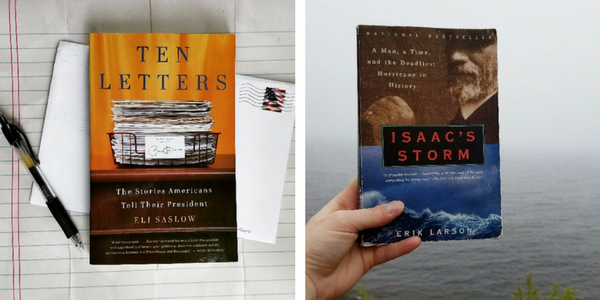
2. Find your style… but don’t be afraid to mix things up.
When I started this project, I imagined that I’d be doing a lot of styled photos, putting my books against a nice light background and accessorizing (that’s not even the right word!) with flowers and other ephemera related to the titles. I tried that for a few photos and realized that it wasn’t going to work for me over the course of 100 days – I didn’t have a good space or good props, and I actually thought setting those photos up was kind of tedious.
Instead, I found that I liked doing photos where you find an interesting background or scene, then photograph the book there. This involves a lot more travel and some more thinking ahead, but I it gave the overall project a more natural, casual aesthetic and got me out of my house and explore more than I might have otherwise – an extra win I wasn’t expecting.
3. Find some inspiration.
There are a ton of great bookstagram accounts out there to offer inspiration, from publishing house accounts to individuals to book media. We’ve rounded up many in posts here at Book Riot, and I also went out to find my own. Some of my favorites publishers on Instagram are Graywolf Press, Random House and Dutton Books, but there are tons of good ones. Seek out people who you think do good work and see what you can learn from them.
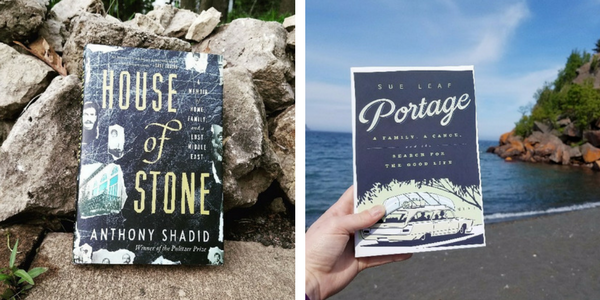
4. Always be looking around… and always have a book.
Once I decided I was going to mostly focus on creative backgrounds, I started to see backdrops for book photos everywhere. The space you need for a book photo isn’t big – probably 12 inches by 12 inches at most – which opens up a ton of possibilities. Because I was also using backlist books, not just current reads, I had some flexibility in bringing books out with me for photo shoots in different spaces as needed. For most of the project, I had two or three or four extra books sitting in my car in case I saw a new location for a photo.
5. Pay attention to light.
Taking photos in the middle of the day, when the sun is highest and brightest, is a challenge. So it taking photos in artificial light. Try to find good natural light to take your photos, and pay attention to the way shadows are falling on your photos. And if you happen to be using library books, pay attention to how light is playing off of the shiny covers.
For more tips on bookstagramming like a pro, check out this post from Rioter Kristina Pino with her suggestions on staging, props, lights and the use of filters.
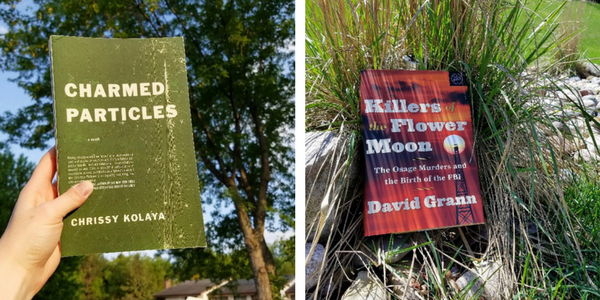
6. Start a reading journal, now!
One of the best resources I had for this project was my book blog. I’ve been writing about books on the internet since 2008, so I have a pretty extensive collection of reviews and notes of what I’ve been reading for the last nine years. I was doing a lot of backlist books as part of this project, so it was really helpful to have those posts to look back on.
If you don’t want to start a blog, get a notebook and start a reading journal to list the books you’ve read and a few thoughts on each one. Even if you don’t do a bookstagram project, you will love looking back on these notes later as you try to recall specifics about a book you loved (or hated!).

7. Stick with it.
I tend to be a person who starts out strong with projects, then misses a day and can’t seem to get back on the horse (hello, going to the gym). In this case, I gave myself a lot of grace when I missed a day or two and just made the effort to get caught up when I had some extra time. I probably missed 12 days over the course of the project, but I stuck it out and finished on time. Don’t let perfect be the enemy of good.
For me, completing the 100 Day Project was hugely validating. It felt good to set a goal and meet it, and I loved the chance to share my favorite books with a different audience than my blog and Book Riot. If this project sounds like fun, I really encourage you to give it a try!


